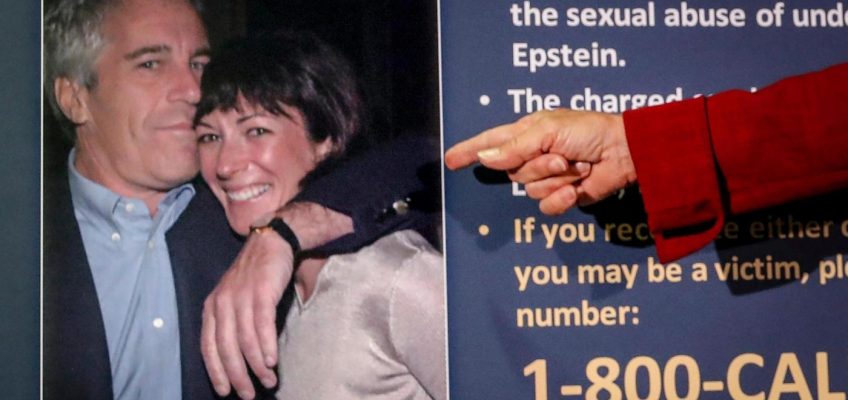By COLLIN BINKLEY, AP Education Writer
WASHINGTON (AP) — The Trump administration is pressing for a deal with Harvard University that would require the Ivy League school to pay far more than the $200 million fine agreed to by Columbia University to resolve multiple federal investigations, according to two people familiar with the matter.
Harvard would be expected to pay hundreds of millions of dollars as part of any settlement to end investigations into antisemitism at its campus, said the people, who spoke on the condition of anonymity to discuss internal deliberations. Harvard leaders have been negotiating with the White House even as they battle in court to regain access to billions in federal research funding terminated by the Trump administration.
The White House’s desire to get Harvard to pay far more than Columbia was first reported by The New York Times, which said the school has signaled a willingness to pay as much as $500 million.
Harvard did not immediately comment.
The Trump administration plans to use its deal with Columbia as a template for other universities, with financial penalties that are now seen as a staple for future agreements. Last week, Columbia leaders agreed to pay $200 million as part of a settlement to resolve investigations into alleged violations of federal antidiscrimination laws and restore more than $400 million in research grants.
Columbia had been in talks for months after the Trump administration accused the university of allowing the harassment of Jewish students and employees amid a wave of campus protests over the Israel-Hamas war. Harvard faces similar accusations but, unlike Columbia, the Cambridge, Massachusetts, school challenged the administration’s funding cuts and subsequent sanctions in court.
Last week, President Donald Trump said Harvard “wants to settle” but he said Columbia “handled it better.”
The Trump administration’s emphasis on financial penalties adds a new dimension for colleges facing federal scrutiny. In the past, civil rights investigations by the Education Department almost always ended with voluntary agreements and rarely included fines.
Even when the government has levied fines, they’ve been a small fraction of the scale Trump is seeking. Last year, the Education Department fined Liberty University $14 million after finding the Christian school failed to disclose crimes on its campus. It was the most the government had ever fined a university under the Clery Act, following a $4.5 million fine dealt to Michigan State University in 2019 for its handling of sexual assault complaints against disgraced sports doctor Larry Nassar.
Related Articles
Changes to federal student loans leave aspiring medical students scrambling to cover costs
Baby boomers now live next to 18-year-olds at colleges across US
These tips from experts can help your teenager navigate AI companions
Teens say they are turning to AI for friendship
For some employees, education benefits such as tuition assistance prove life-changing
The University of Pennsylvania agreed this month to modify school records set by transgender swimmer Lia Thomas, but that school’s deal with the Trump administration included no fine.
The Trump administration has opened investigations at dozens of universities over allegations of antisemitism or racial discrimination in the form of diversity, equity and inclusion policies. Several face funding freezes akin to those at Harvard, including more than $1 billion at Cornell University and $790 million at Northwestern University.
Last week, Education Secretary Linda McMahon called the Columbia deal a “roadmap” for other colleges, saying it would “ripple across the higher education sector and change the course of campus culture for years to come.”
The Associated Press’ education coverage receives financial support from multiple private foundations. AP is solely responsible for all content. Find AP’s standards for working with philanthropies, a list of supporters and funded coverage areas at AP.org.




